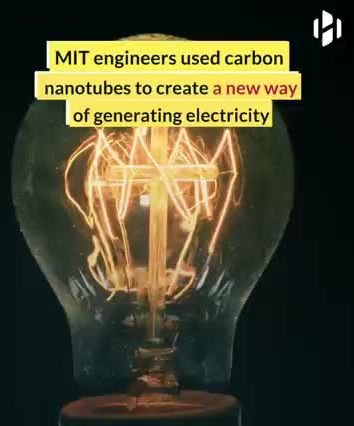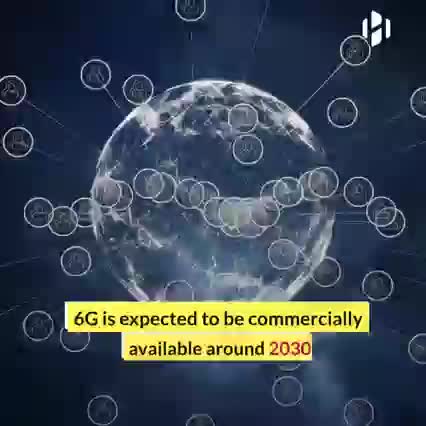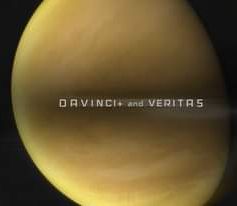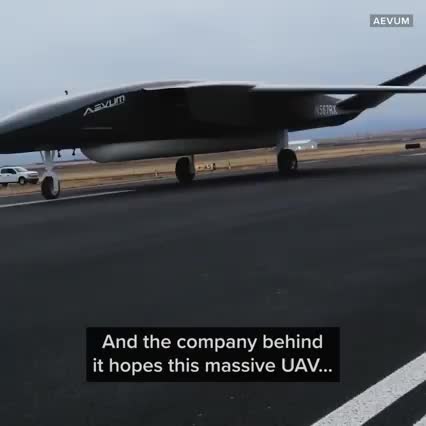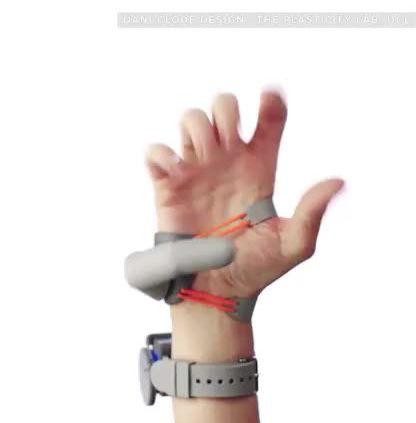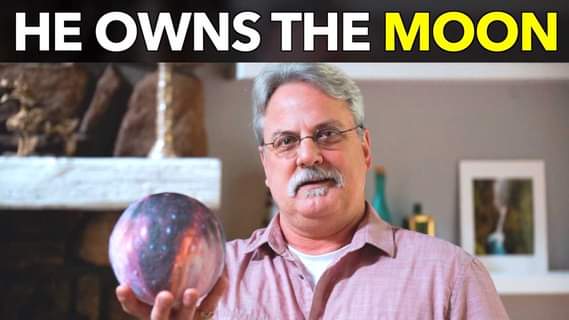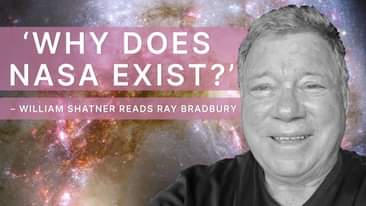Planting 1.2 trillion trees could undo 10 years of climate change damage!
#WorldEnvironmentDay #ClimateChange #Environment #WorldEnvironmentDay2021
NASA’s Return to Venus
Posted in space travel
In case you missed today’s # StateOfNASA announcement: we’re returning to the planet Venus! Two new NASA Solar System Exploration missions, DAVINCI+ and VERITAS, will help us better understand how Venus became an inferno-like world: https://go.nasa.gov/3yXGEkQ
The RavnX is the world’s biggest drone and the company behind it hopes this massive UAV will change the way satellites get to space.
This third thumb is a flexible, 3D-printed extention that’s wirelessly controlled by the user’s big toe.
The Man Who Owns the Moon
Posted in space
This guy is selling land on the Moon.
I didn’t know if it was a gimmick, a scam, or a real thing…so we had to track him down and tell you his story from the beginning!
“To see, to know, and to tell what the Cosmos has to offer.”
In a special appearance from this year’s # StateOfNASA, William Shatner reads Ray Bradbury’s poem “Witness and Celebrate NASA’s Future.” Watch: youtu.be/8xs98fr0M6M
How do you teach a robot dog new tricks? Spot’s API makes it simple to create new behaviors like this machine learning-inspired game of fetch. Read the blog to see how it works. https://bit.ly/34GAJTe
